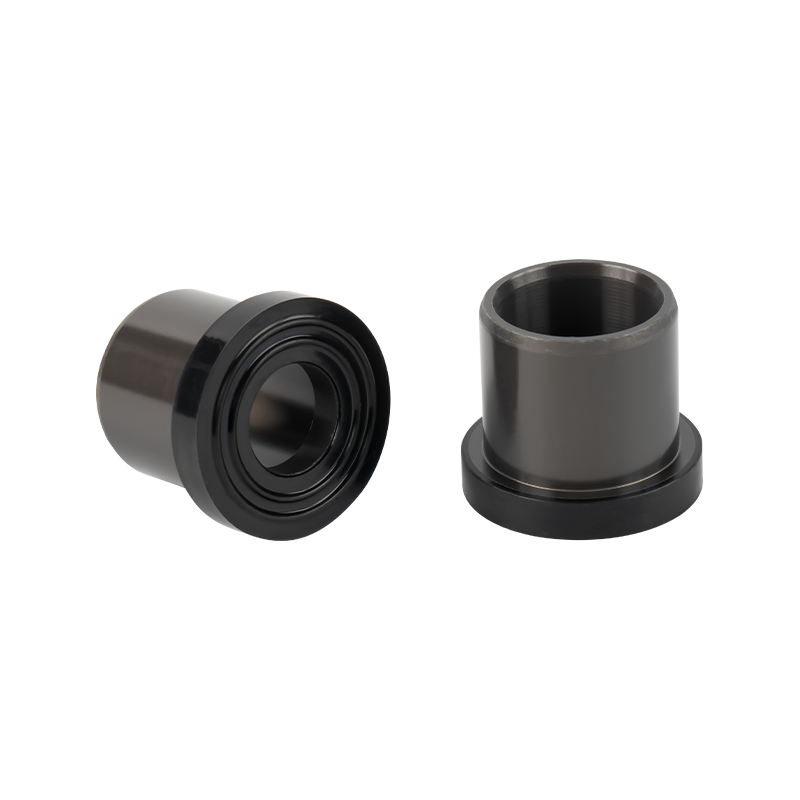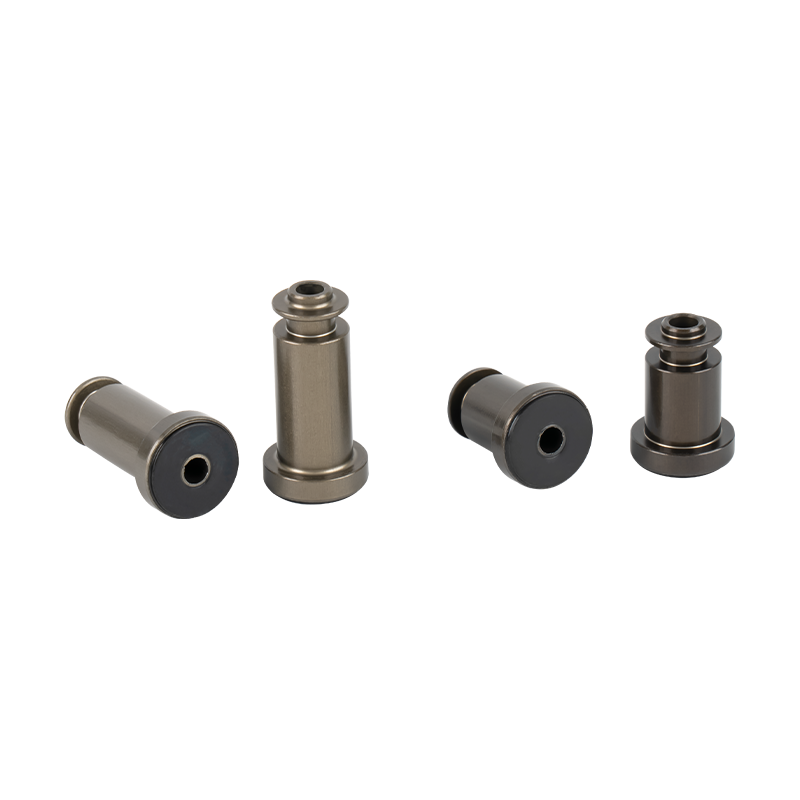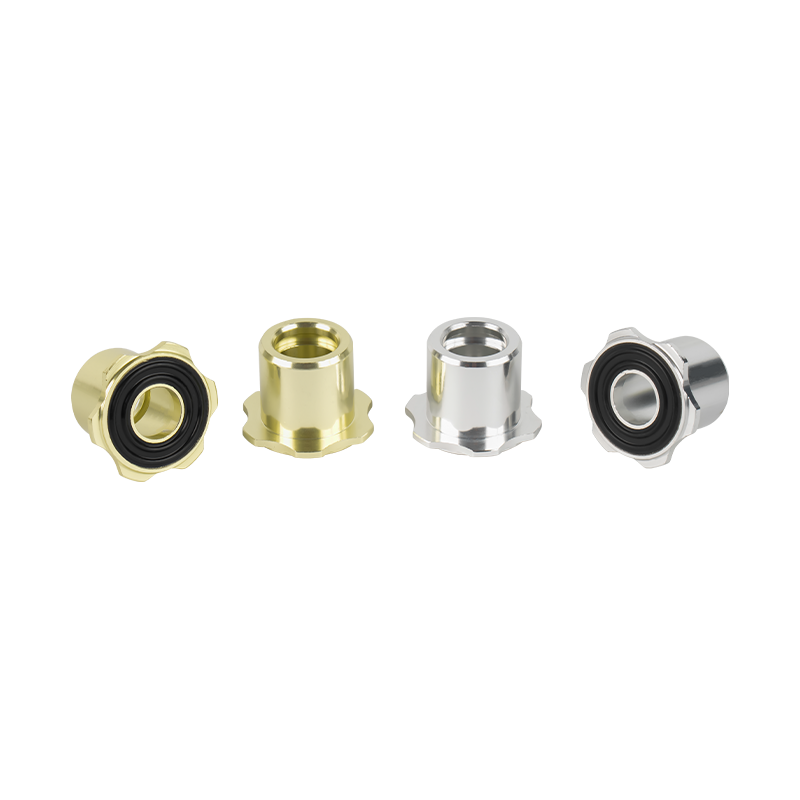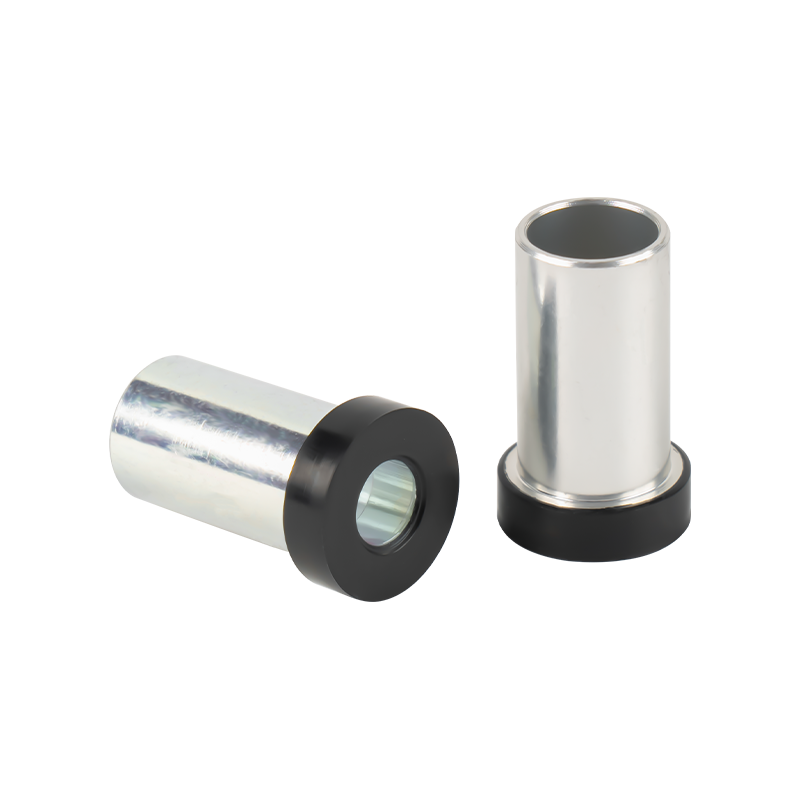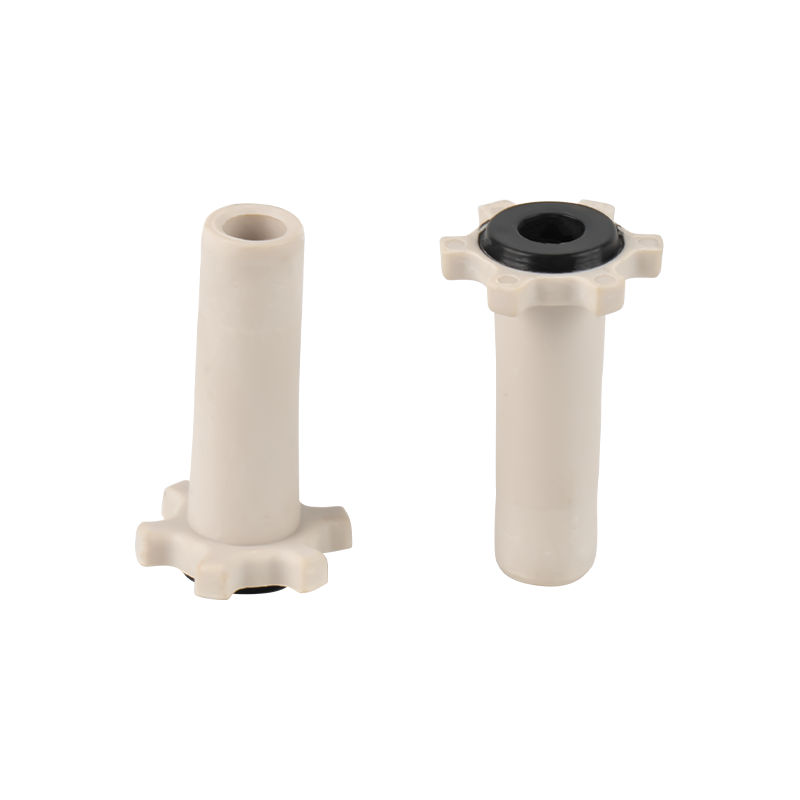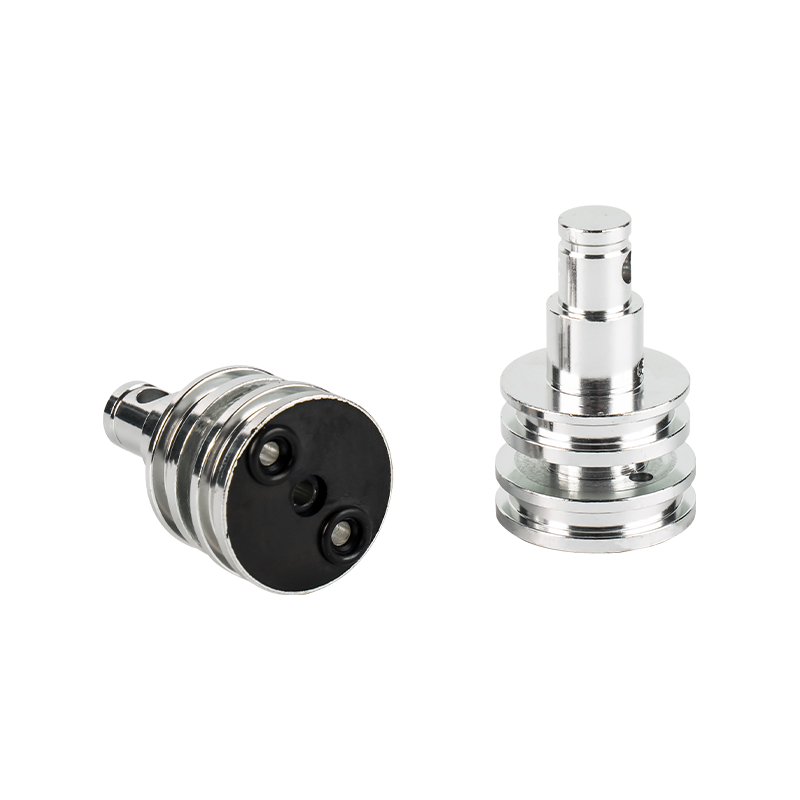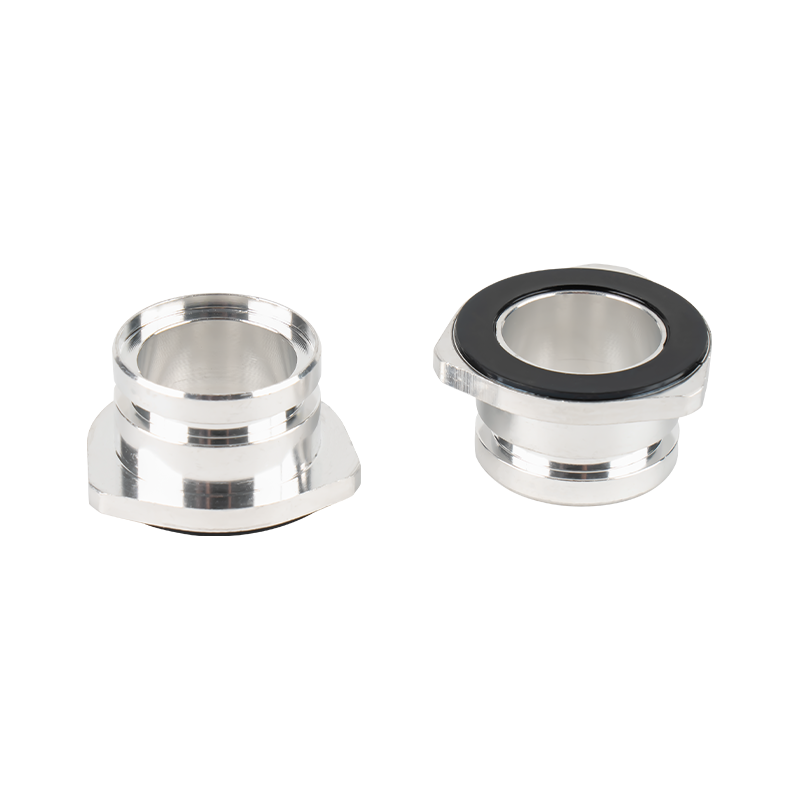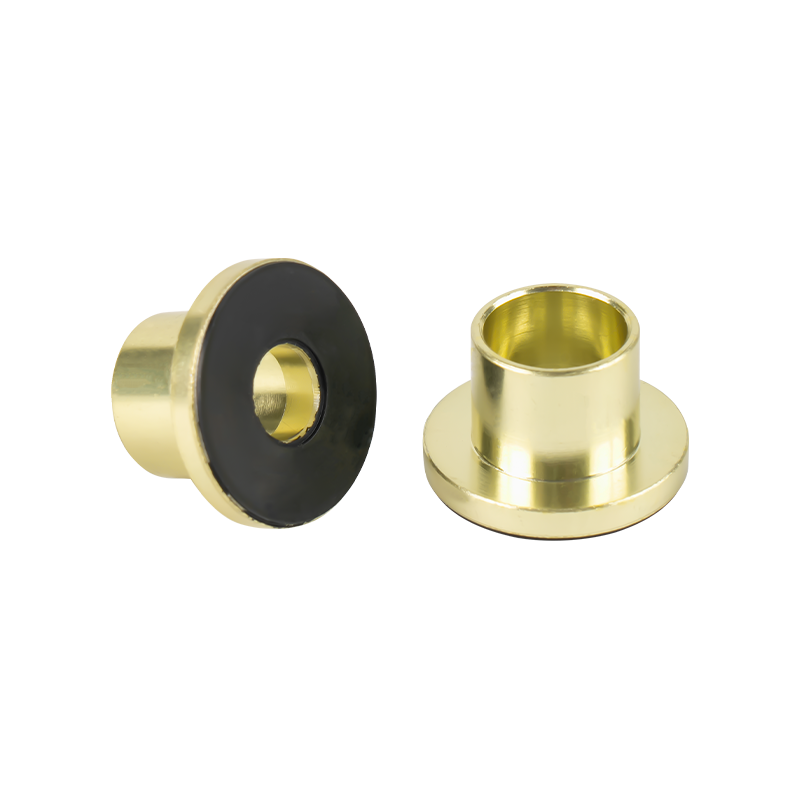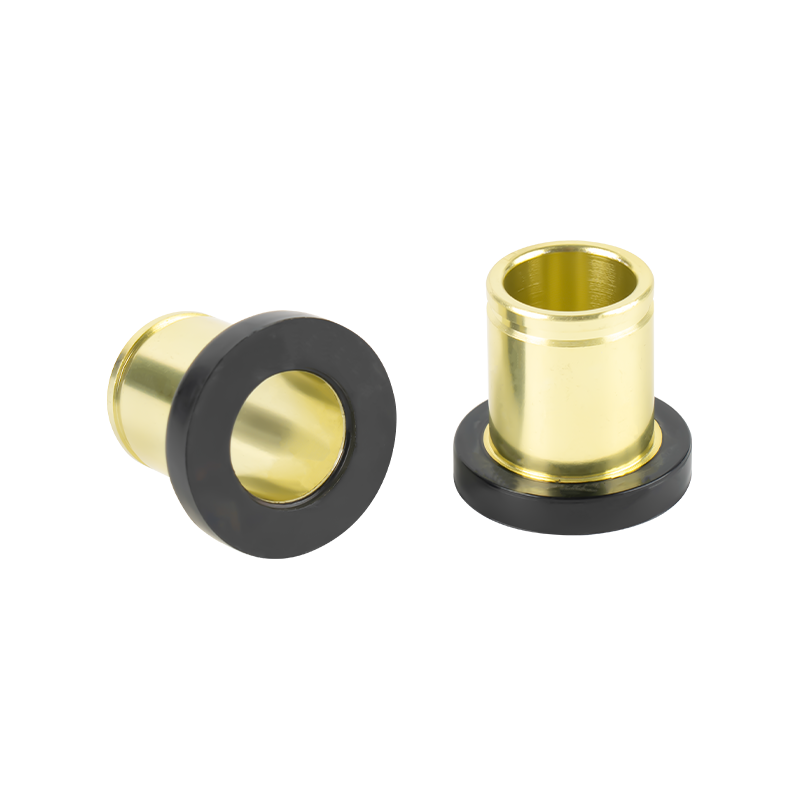Industrial Drain Valves: Balancing Anti-blocking and Sealing? 2025 Selection Trends
2025-10-17
Content
- 1 What Defines an Industrial Drain Valve’s Core Functions?
- 2 How Do Design Features Balance Anti-blocking and Sealing?
- 3 What Role Do Materials Play in Dual Performance?
- 4 What Are the 2025 Trends in Industrial Drain Valve Selection?
- 5 Why Does This Balance Matter for Industrial Operations?
- 6 What’s Next for Industrial Drain Valve Technology?
What Defines an Industrial Drain Valve’s Core Functions?
An industrial drain valve is a critical fluid control component designed to remove condensate, wastewater, or residual fluids from industrial systems while preventing backflow and contamination. Unlike standard valves, it operates in harsh conditions—handling fluids mixed with debris, sediment, or viscous materials across sectors like manufacturing, energy, and water treatment. Its performance hinges on two conflicting yet complementary properties: anti-blocking capability (to maintain unobstructed flow) and sealing integrity (to prevent leakage when closed). Achieving this balance requires intentional design choices, material science, and operational engineering.
How Do Design Features Balance Anti-blocking and Sealing?
The coexistence of anti-blocking and sealing relies on synergistic design elements that address each requirement without compromise.
For anti-blocking performance, key innovations target debris accumulation. Full-flow area designs minimize flow restrictions, allowing larger particles to pass through instead of lodging in valve cavities . Some models integrate self-cleaning mechanisms: rotating or oscillating components dislodge sediment during operation, while tapered valve seats guide debris toward the outlet rather than trapping it. Additionally, streamlined internal geometries eliminate sharp corners or dead zones where solids might accumulate, ensuring continuous flow even with particulate-laden fluids.
For sealing reliability, material selection and structural precision are paramount. Valve cores often combine rigid substrates with elastic sealing materials—such as metal-reinforced rubber—to withstand wear while maintaining a tight seal . Dynamic sealing systems use flexible components (e.g., graphite packing) that adapt to pressure changes without leaking, while static seals rely on precision-machined interfaces to prevent fluid escape. Advanced designs also employ pressure compensation: as system pressure increases, sealing forces intensify, ensuring leak-proof closure even in high-pressure environments.
The harmony between these features is further enhanced by "failure-safe" engineering. For example, self-adjusting seals automatically compensate for wear from debris, preserving both sealing and anti-blocking functions over time.
What Role Do Materials Play in Dual Performance?
Material science is the backbone of balancing anti-blocking and sealing. Engineers select materials based on the fluid’s composition, temperature, and pressure to avoid corrosion, erosion, or degradation—all of which can compromise both properties.
For anti-blocking, wear-resistant materials dominate. Valve bodies and internal components often use hardened alloys or composite materials that resist scratching from abrasive particles, preventing rough surfaces that trap debris. In applications with corrosive fluids (e.g., chemical processing), corrosion-resistant metals maintain structural integrity, ensuring flow paths remain unobstructed.
For sealing, elastic yet durable materials are critical. Rubber compounds (e.g., nitrile) or thermoplastics provide flexibility to form tight seals, while being resistant to swelling or hardening from chemical exposure . High-temperature applications may use metal-to-metal seals with precision-ground surfaces, offering both leak resistance and robustness against debris impact.
Hybrid materials are increasingly common: a valve might feature a ceramic anti-blocking seat (for wear resistance) paired with a polymer seal (for flexibility), merging the strengths of both to maintain dual performance.
What Are the 2025 Trends in Industrial Drain Valve Selection?
2025 marks a shift toward intelligent, application-specific valve selection driven by efficiency, sustainability, and digitalization—aligning with the broader industrial valve market’s 5%+ annual growth . Key trends include:
1. Smart Sensing for Predictive Maintenance
Valves integrated with pressure sensors and IoT connectivity are becoming standard. These systems monitor flow rates and pressure differentials to detect early signs of blockage (e.g., sudden pressure spikes) or seal degradation (e.g., gradual leakage) . Predictive alerts reduce unplanned downtime, a critical priority as industries seek to optimize operational efficiency. This aligns with the 2025 projection that smart industrial valves will capture 9% of the market .
2. Material Innovation for Green and Extreme Conditions
Demand for "green valves"—made from recyclable or low-emission materials—is rising, driven by global sustainability goals. At the same time,advanced composites and high-performance alloys are replacing traditional metals in extreme environments (e.g., high-temperature industrial wastewater), offering lighter weight, better corrosion resistance, and longer lifespans . These materials support both anti-blocking (via wear resistance) and sealing (via stability) in harsh conditions.
3. Application-Specific Customization
One-size-fits-all valves are declining. Instead, selection prioritizes tailored designs:
- Wastewater treatment: Valves with self-cleaning fins and corrosion-resistant seals to handle solids-laden sludge.
- Energy sector: High-pressure models with metal-to-metal seals and anti-scaling coatings, critical for power plant condensate systems .
- Food processing: Sanitary designs with smooth, crevice-free interiors (to prevent bacterial buildup) and food-grade sealing materials.
4. Integration with Digital Systems
Valves are increasingly designed to sync with industrial control systems (ICS) for automated operation. For example, electric actuators—replacing manual or hydraulic controls—adjust valve position in real time based on system data, optimizing flow while maintaining sealing . This integration supports the industry’s move toward fully digitized fluid management.
Why Does This Balance Matter for Industrial Operations?
The dual performance of industrial drain valves directly impacts operational costs, safety, and compliance. Blockages can cause system overpressure, leading to equipment failure and costly repairs—while poor sealing wastes resources (e.g., water or chemicals) and risks environmental contamination. In 2025, as industries face stricter regulations and rising energy costs, valves that deliver both anti-blocking and sealing efficiency are no longer optional but essential. They not only reduce maintenance expenses but also support sustainability targets by minimizing fluid waste and energy consumption.
What’s Next for Industrial Drain Valve Technology?
Looking beyond 2025, the focus will shift to adaptive valves—systems that adjust their operation in real time using AI. For example, valves could modify flow paths automatically in response to debris levels or change seal pressure based on fluid viscosity. Additionally, 3D-printed valve components will enable on-demand, application-specific designs, reducing lead times and material waste. As the global valve market heads toward $1500 billion by 2030 , drain valves will remain a cornerstone of industrial efficiency, evolving to meet the demands of smarter, greener manufacturing.

 English
English русский
русский 中文简体
中文简体